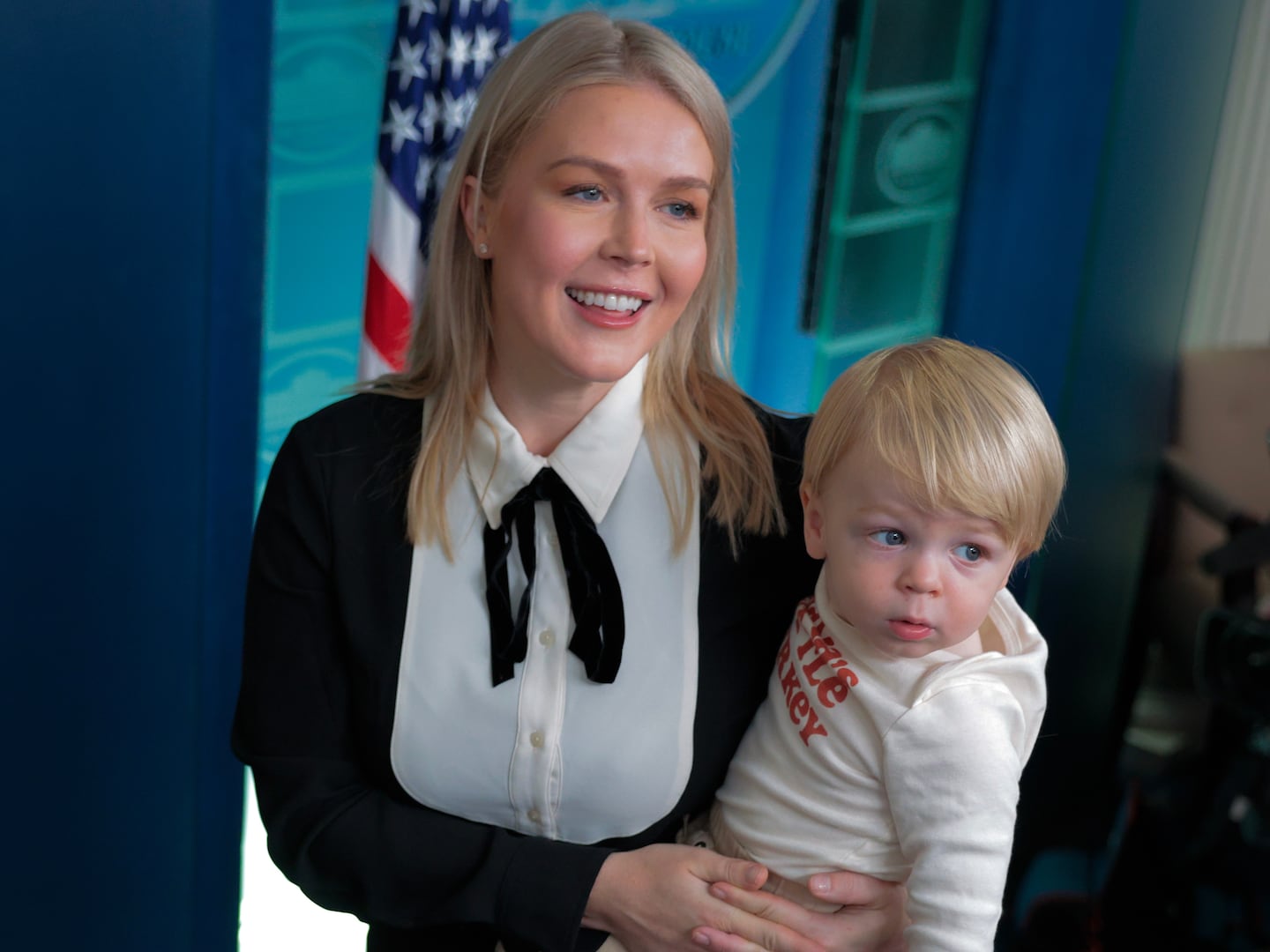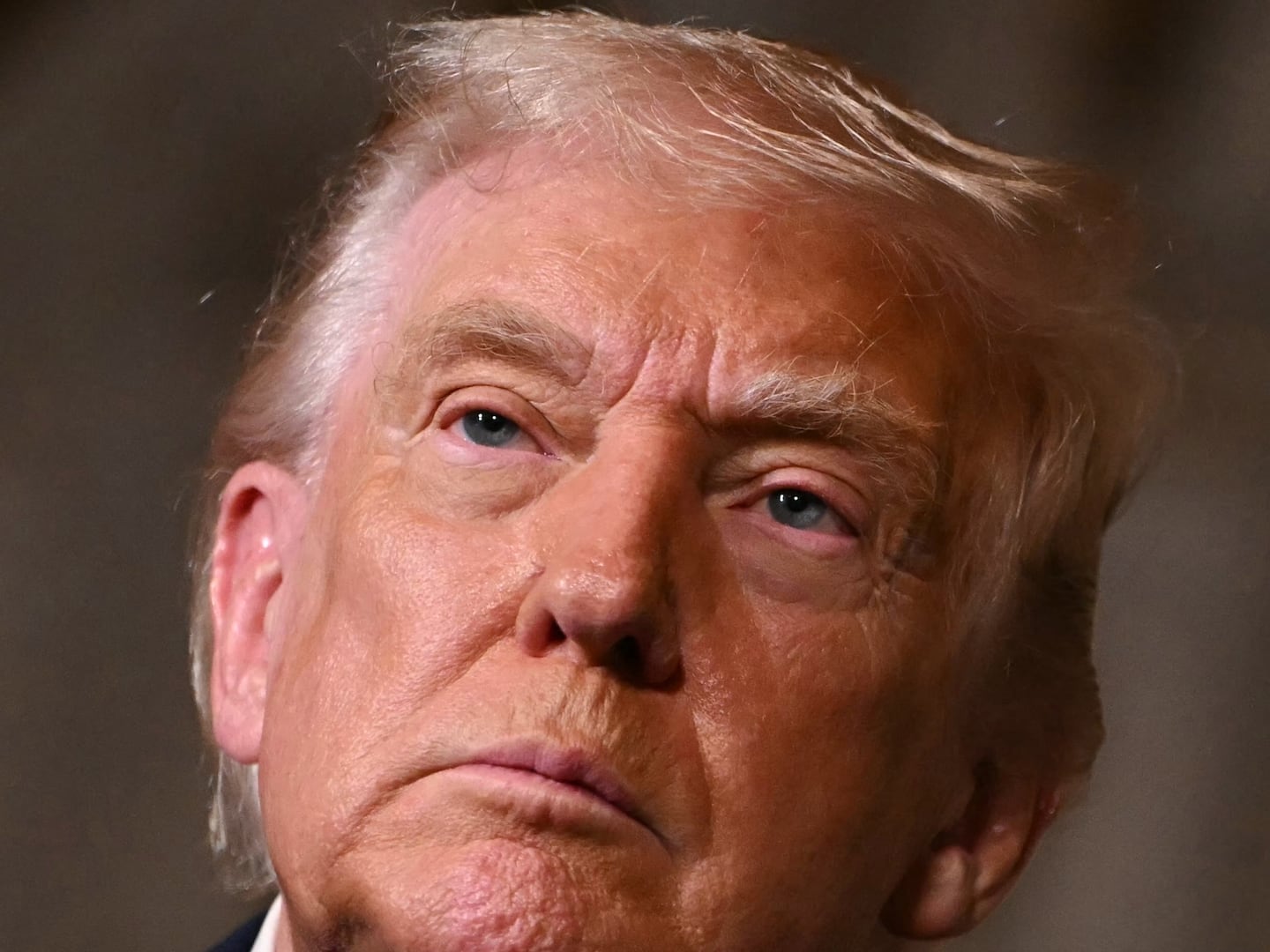China’s occupation of Tibet took yet another turn for the bizarre this week, as Chinese officials—officially atheist—complained that it would be a “betrayal” for the Dalai Lama not to reincarnate after he dies.
What’s going on, of course, is that the Chinese regime wants to select the next Dalai Lama, as anti-Tibet mouthpiece Zhu Weiqun again insisted they have the right to do. The Dalai Lama, meanwhile, is fearful that any child identified by Tibetans will meet the same fate as the Panchen Lama, who was kidnapped by the Chinese in 1995, and has never been seen since.
Missed in all the hubbub is that, in fact, chaos surrounding the leadership of Tibet’s dominant Gelukpa lineage) is nothing new. From the very beginning of the institution of the Dalai Lama, the office has been rife with political intrigue, controversy, even murder. And both sides’ assertion of control comes with significant ideological baggage.
First, the current meddling is just the latest episode in a long, bloody history.
The office of the Dalai Lama itself was created, in 1578, not by Tibetans but by the ruling Mongol khan, to strengthen their allies in the Gelukpa lineage over the leaders of rival lineages. The very name ‘Dalai’ is Mongolian; the Tibetan word is gyatso, meaning ocean. (The present Dalai Lama’s name is Tenzin Gyatso.)
Mongolian and Chinese had long been involved in Tibetan affairs, sometimes by invitation and other times without. Indeed, the rise of the Dalai Lama coincides with the rise of the Qing dynasty in China, though the relationship soured in the eighteenth century, with the Chinese establishing a military garrison in Lhasa.
During this period, at least one Dalai Lama was murdered, and three others died young. But they were not killed by the Chinese; rather, scholars suspect that Tibetan elites were killing them off so that their “Regents” could maintain actual rule—which they did for the better part of a century.
It was at that time that probably the most ridiculous example of political meddling in ‘spiritual’ affairs took place. By the end of the 18th century, the Manchu were thoroughly enmeshed in Tibetan political affairs, and to dilute the control of Tibetan elites, proposed—wait for it—selecting lamas by drawing names out of a hat.
Well, a golden urn, actually. Literally, names would be put into the urn, and picked out at random by divination.
Whether the urn was used or not depended on how much influence the Chinese had at any particular time; sometimes yes, sometimes no, sometimes a show was made but the actual candidate had already been identified. Chinese influence waxed and waned throughout the nineteenth century. Throughout much of the century, Tibet was quasi-independent. But after the departure of British imperial forces, the Chinese threatened the thirteenth Dalai Lama’s life (he fled to India), and denied his very incarnation as a Dalai Lama.
It was only after the end of the Qing dynasty in 1911 that Tibet was able to assert true independence free from Chinese military presence, for the first time in two hundred years.
And indeed, after the thirteenth Dalai Lama died in 1933, Chiang Kai-shek’s regime drafted a “Methods for the Reincarnation of Lamas,” stipulating Chinese control of the process (and even mentioning the golden urn) though it appears these rules were disregarded when the present Dalai Lama was selected in 1935.
In other words, the current succession crisis is the rule, not the exception. The spiritual office of the Dalai Lama was created for partly political reasons, and the selection of who holds it has long been influenced by politics.
So where does that leave the current conflict?
Both sides, in fact, have elaborate ideological justifications for their positions. The Chinese duplicity in seeking to preserve the integrity of Tibetan Buddhism—while banning much of its expression and destroying monasteries across the country—is obvious.
Less well-known is the Dalai Lama’s own philosophical position. But it is clearly laid out in an official statement on his possible non-reincarnation, issued back in 2011. (Why the Chinese regime chose this moment to comment on it is unknown.)
Contrary to Zhu’s statement that the Dalai Lama was being “frivolous,” the statement is in fact a 4,100 word treatise on past lives, Tulkus (lamas and other enlightened beings), and the ways Dalai Lamas have been identified over the years.
According to that statement, Tulkus are not like the rest of us.
“Ordinary beings,” writes the Dalai Lama, “circle incessantly through existence like the turning of a wheel.” Tulkus, however, are manifestations of transcendent Buddhas who “manifest in physical forms that are accessible to sentient beings in order to help them.”
To avoid getting into the complex Tibetan ontology of the dharmakaya, we can use a simple, disrespectful analogy: Tulkus are like Anakin Skywalker, created by the Force itself.
Since Tulkus aren’t like the rest of us, they can—yes, like Qui Gon Jinn—choose how they reincarnate. (This is what led to children being recognized as reincarnations of past Tulkus beginning in the 13th century) and can even ‘emanate’ even while still alive. In his words, “superior Bodhisattvas, who can manifest themselves in hundreds or thousands of bodies simultaneously, can manifest an emanation before death.”
In other words, a Tulku can ‘reincarnate’ even before he dies. And that is what the Dalai Lama has proposed to do. Back in 2011, he said that when he neared the age of ninety (he’s 79 now), he would consult with Tibetan leaders and “the Tibetan public” to “re-evaluate whether the institution of the Dalai Lama should continue or not.”
The Tulku currently known as Tenzin Gyatso could incarnate in some other way, or ‘emanate’ while still alive. But there would be no further Dalai Lamas.
Now, all this mysticism may seem surprising if you think of the Dalai Lama as a kind of cuddly dispenser of New Age advice, but it is not out of character for his internal Buddhist statements, which are filled with very specifically Tibetan-Buddhist doctrine.
Of course, the Dalai Lama is well aware that these abstruse religious doctrines are not separate from political realities. Writing in 2011, he said “it is particularly inappropriate for Chinese communists, who explicitly reject even the idea of past and future lives, let alone the concept of reincarnate Tulkus, to meddle in the system of reincarnation and especially the reincarnations of the Dalai Lamas and Panchen Lamas. Such brazen meddling contradicts their own political ideology and reveals their double standards.”
And yet, even despite the manifest absurdity of an atheist communist regime insisting on a particular interpretation of reincarnation, political “meddling” has always been a part of the process. Between golden urns and emanating Tulkus, it’s hard to know which is more fantastic.





